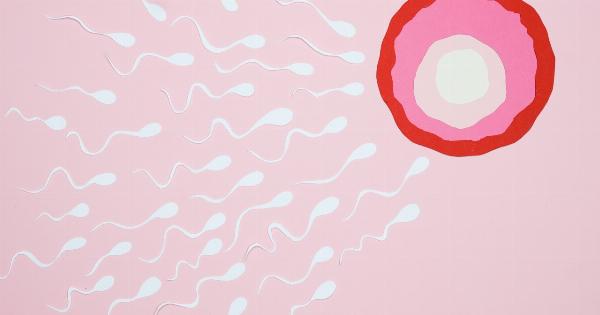For couples who struggle with infertility, in vitro fertilization (IVF) can be a lifesaver. IVF is a process where fertilization takes place outside the body, and then the resulting embryo(s) are transferred to the uterus.
But when it comes to IVF, one of the biggest decisions couples have to make is whether to use fresh or frozen embryos.
What Are Fresh Embryos?
Fresh embryos are embryos that are transferred to the uterus within a few days of being fertilized. Typically, a woman will undergo ovarian stimulation to produce multiple eggs, and then the eggs will be fertilized with sperm in the lab.
After a few days of development, the resulting embryos are then transferred to the uterus. Any leftover embryos can be frozen for future use.
What Are Frozen Embryos?
Frozen embryos, on the other hand, are embryos that are frozen and stored for a later transfer. Typically, embryos are frozen at a very early stage of development when they are only a few cells – this stage is called the cleavage stage.
Embryos can also be frozen after they have developed into blastocysts – this is typically done when a couple has excess embryos that they want to store for future use.
Are Frozen Embryos as Effective as Fresh Embryos?
One of the biggest questions couples have when deciding between fresh and frozen embryos is whether frozen embryos are as effective as fresh embryos when it comes to implantation rates and pregnancy rates.
The answer is yes – studies have shown that there is no significant difference in the success rates between frozen and fresh embryos.
In fact, some studies have even suggested that frozen embryos may be more effective than fresh embryos. This is because freezing and thawing embryos gives doctors the opportunity to carefully select the best quality embryos for transfer.
In contrast, when fresh embryos are transferred, doctors have to make decisions about which embryos to transfer without the benefit of being able to observe their development over time.
What Are the Benefits of Using Frozen Embryos?
There are several benefits to using frozen embryos:.
- Increased flexibility – with frozen embryos, couples can delay their transfer if needed.
- Increased safety – frozen embryos have a lower risk of complications, such as ovarian hyperstimulation syndrome (OHSS), which can occur when a woman undergoes ovarian stimulation to produce multiple eggs.
- Increased chances of success – as previously mentioned, studies have shown that frozen embryos may be more effective than fresh embryos.
What Are the Risks of Using Frozen Embryos?
While using frozen embryos has many benefits, there are also some risks and limitations to consider:.
- Certain medications are needed for preparing the uterus for the transfer. This can be a bit overwhelming.
- There is a risk of losing frozen embryos during thawing and transfer. Though the chances of this happening have decreased considerably as technology has improved, it is still important to know this risk and discuss it with your doctor or fertility specialist.
- Not all embryos survive the freezing and thawing process – it is important to keep in mind that not all embryos will make it to the blastocyst stage where they can be frozen.
- There may be additional costs for frozen embryo transfers, compared to fresh transfers.
Final Thoughts
Ultimately, the decision of whether to use fresh or frozen embryos is a personal one that should be made in consultation with your doctor or fertility specialist.
The good news is that IVF success rates continue to improve year after year, regardless of whether fresh or frozen embryos are used.
The advances in technology and fertility treatments make it all possible for couples who struggle with infertility.
IVF is and remains a viable solution to start a baby family and with news of positive outcome coming from both frozen and fresh embryos, this gives hope to all those couples facing these kinds of struggles.


























